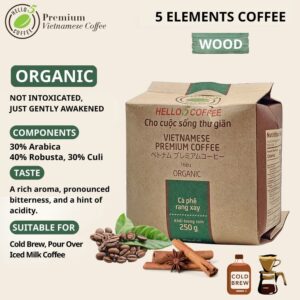Perhaps the question that many people are always concerned about when choosing to buy coffee is: “Is this really pure coffee?”, “Is it mixed with corn, beans, or any flavorings?”. In reality, farmers have worked hard to create quality coffee beans, but when it comes to roasting, grinding, and business, many places, driven by profit, “transform” coffee into a cheap beverage, regardless of user health. Therefore, the concern about “dirty coffee” still exists, making many coffee lovers lose trust. However, there are still manufacturers who maintain integrity, bringing truly pure coffee. The important thing is that you – the coffee drinker – need to equip yourself with knowledge to distinguish, protect yourself, and choose the right cup of pure coffee. Below are useful information and 12 ways to identify pure coffee that you should know.
1. What is pure coffee?
Pure coffee is coffee that is roasted and ground 100% from coffee beans, without mixing impurities, flavorings, or additives such as burnt corn, rice, soybeans, black beans, etc. When brewed, coffee water has a clear amber brown color, natural aroma, mild bitter taste, possibly with a slight pleasant acidity and light sweet aftertaste. Pure coffee is not thick, does not create much foam, and does not cause a heavy feeling after drinking. This is “clean and real” coffee, preserving the natural characteristics of each variety and growing region. Pure coffee does not harm health and usually has a higher price than blended coffees.
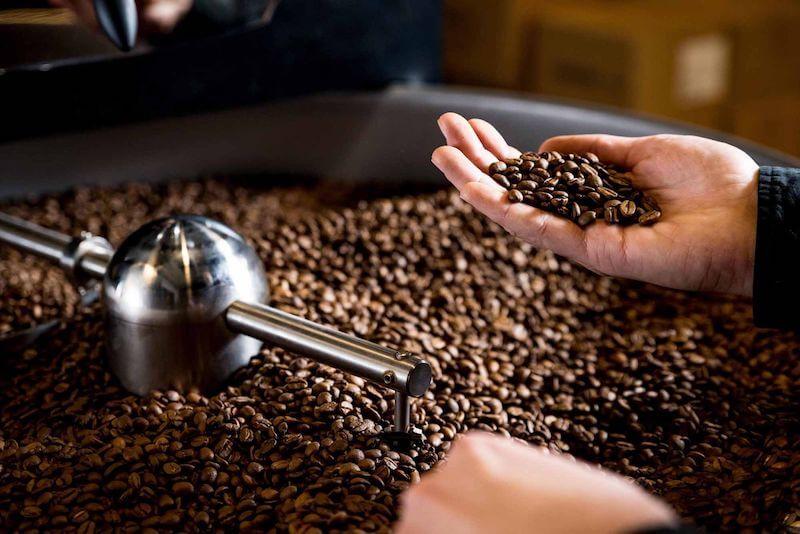
2. How to identify pure coffee
2.1. Look at the color of coffee powder
When roasted at the right temperature and standard time, pure coffee powder usually has a dark brown color, emitting a distinctive natural aroma. Conversely, if beans are only medium or lightly roasted, coffee powder will tend toward bright yellow, with a slightly harsh aroma and distinct sour taste.
In cases where powder is brown but yellowish, heavy in specific gravity and small in grain size, the product has likely been mixed with a lot of corn powder. This is an easily recognizable sign of mixed coffee.
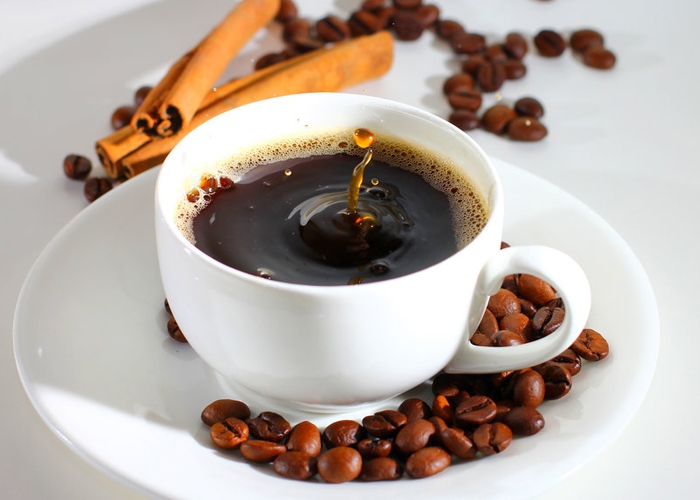
2.2. Smell the coffee aroma
Pure coffee always carries a gentle, fresh fragrance, with a pleasant grassy leaf scent. Meanwhile, coffee mixed with impurities often has the smell of corn or soybeans. If not treated with flavorings, the smell will be strong, slightly fishy, easily detected when brought close to the nose, and often causes discomfort.
2.3. Check the texture and fineness of powder
Pure coffee powder after roasting and grinding will be fluffy, fine, and not clumpy. The grains have quite uniform size, feeling light and smooth when touched. When poured, powder flows evenly without clumping into chunks.
Conversely, blended coffee often has grains that are not uniform in color or size due to mixing various different ingredients. When ground small, many fragments appear, with large and small grains mixed together, looking uneven.
2.4. Porosity of pure coffee powder
You can try by putting a little coffee powder in your palm and rubbing gently. Since pure coffee beans have a porous structure, when roasted and ground, small gaps are created, making coffee powder light and fluffy. Thanks to this characteristic, when meeting water, pure coffee powder usually expands 2-3 times its original volume and creates a thin, fine natural foam layer on the surface.
Porosity plays an important role in flavor extraction. Pure coffee with high porosity will release aroma and rich flavor more easily. Conversely, blended coffee usually has low porosity, making water extraction poor, causing coffee to be bland and lack depth of flavor.
2.5. Specific gravity of pure coffee
Pure coffee has a porous grain structure, so specific gravity is usually lower than coffee mixed with impurities. When mixed with additional corn, soybeans, or roasted peanuts, bulk density increases noticeably. Typically, the specific gravity of pure coffee ranges from 0.6 – 0.8 g/cm³ (equivalent to 600 – 800 kg/m³).
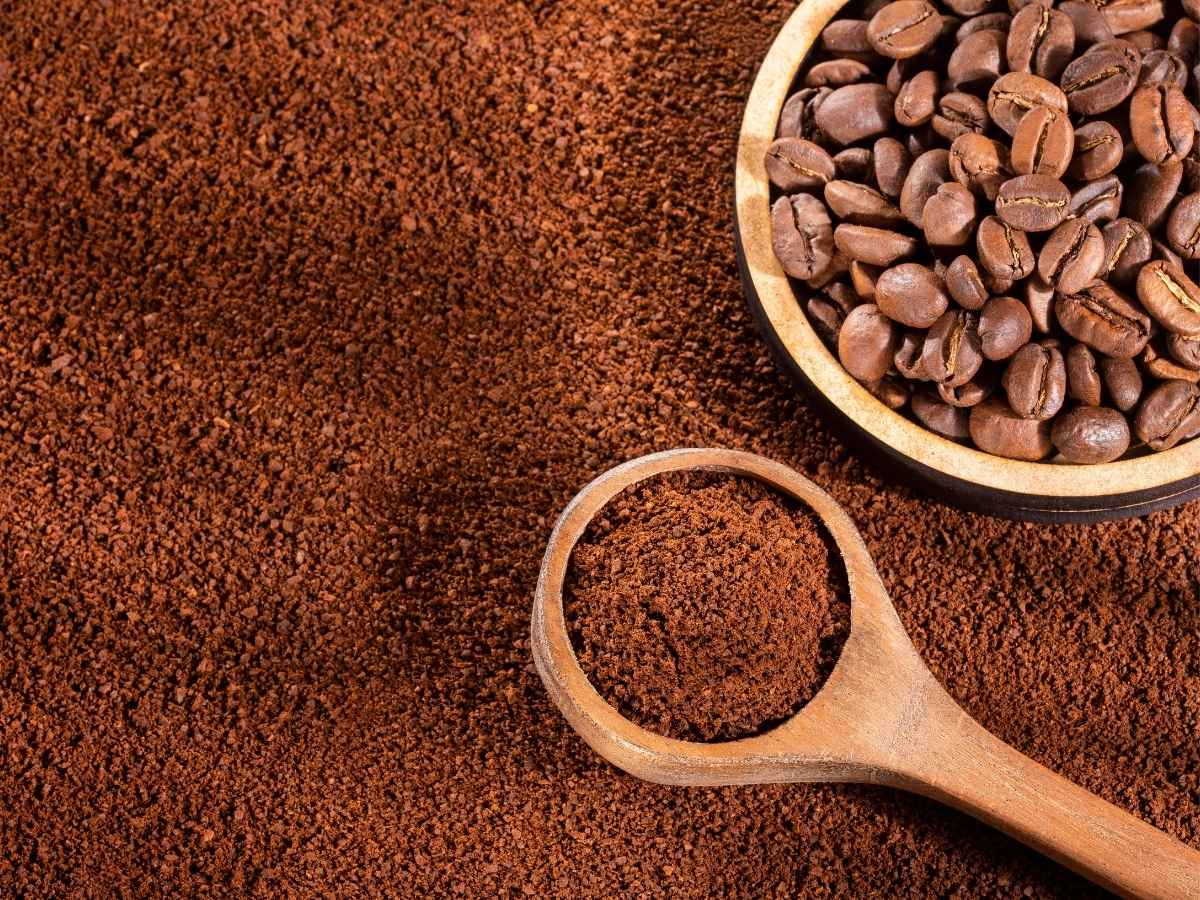
2.6. State of coffee powder after brewing
When properly brewed, pure coffee powder will settle evenly to the bottom, forming a fine residue layer. Coffee water has a brown color from cockroach wing to dark brown, clear and attractive. When ice is added, the color turns to light amber brown, creating a refreshing feeling. With coffee brewed with grains like corn or roasted beans, the powder usually sticks together because starch in grains absorbs water strongly.
2.7. Distinctive flavor of pure coffee
If roasted at appropriate temperature and time, pure coffee brings balanced flavor: mild bitter, pleasant sour, and light sweet aftertaste. When drunk hot, the aroma is clearly released, carrying subtle and natural notes, not harsh or strong like mixed coffee. Besides the main taste, pure coffee may also have hints of sweetness from natural sugars, slight astringency from organic acids, or richness from protein – all blending to create an unmistakable depth of flavor.
2.8. Consistency of pure coffee water
Since it doesn’t contain much starch, pure coffee water after brewing is usually not thick but has a light liquid consistency, flowing smoothly and clearly when poured. If brewed with a filter, natural oils in coffee beans will create a thin film floating on the surface, contributing to a smooth feeling. With machine brewing methods, especially Espresso, high pressure helps form a beautiful golden brown crema layer, creating an impression of consistency. Meanwhile, coffee mixed with impurities (corn, soybeans, etc.) gives artificial thickness thanks to starch and can harm brewing machines if used long-term.
2.9. Foam layer of pure coffee
When beaten with sugar, pure coffee only creates a thin foam layer, light brown in color that quickly dissolves. This is a natural phenomenon caused by organic compounds in coffee beans. Conversely, blended coffee produces thick, shiny foam that dissolves slowly – a sign of added flavorings or additives.
2.10. Flavor balance
A cup of pure coffee is usually harmonious between three basic tastes: mild bitter – pleasant sour – sweet aftertaste. Bitterness appears first, followed by light sourness that helps balance, and finally a subtle sweet aftertaste creating depth for the experience. In contrast, coffee mixed with impurities usually gives harsh bitter, harsh sour, or harsh sweet taste, accompanied by strong artificial aroma due to using flavorings and artificial sweeteners.
2.11. Test with filtered water glass
A simple way to test coffee is to put a spoon of powder into a glass of filtered water. Thanks to low specific gravity, pure coffee powder usually floats on the surface for a while before gradually sinking, while turning water to clear cockroach wing brown color. Conversely, coffee mixed with corn or soybeans, being heavier, quickly sinks to the bottom. If there are color additives, water will turn abnormally dark black in just a few seconds.

2.12. Try brewing with filter
When brewing traditionally with a filter, pure coffee will expand, bubble lightly, and produce an attractive cockroach wing brown stream. This comes from the porous characteristics of coffee beans, which expand and release gas when meeting hot water. Meanwhile, coffee mixed with impurities has a dense structure, doesn’t expand, and easily deflates under water pressure. To create a “realistic” feeling, many mixed coffees also use foaming agents, making foam thick and dissolve slowly unnaturally.
3. Health benefits of using pure coffee
Drinking pure coffee in reasonable amounts can bring many health benefits such as:
- Increased alertness and concentration: Caffeine stimulates the central nervous system, helping improve concentration and enhance learning and work performance.
- Supporting energy metabolism: Coffee helps increase metabolic rate, promoting the body to burn calories more effectively, thereby supporting weight control.
- Rich in antioxidants: Polyphenols and chlorogenic acid in pure coffee have antioxidant effects, slowing aging and protecting cells.
- Reducing risk of some chronic diseases: Many studies show that regularly drinking pure coffee can help reduce the risk of type 2 diabetes, Parkinson’s disease, Alzheimer’s, and some liver diseases like cirrhosis and fatty liver.
- Improving mood: Coffee stimulates the body to produce dopamine and serotonin – neurotransmitters related to feelings of joy and happiness.
- Good for cardiovascular system (when drunk in moderation): A moderate amount (2-3 small cups/day) can help improve blood circulation and reduce stroke risk.

Note: Do not abuse coffee (whether pure or not), each day should only use about 2-3 small cups (equivalent to 200-400mg caffeine). Drinking too much can cause insomnia, rapid heartbeat, or anxiety.
4. Harmful effects of drinking coffee with impurities
Using coffee mixed with grains, additives, or chemicals not only reduces coffee value but also poses many health risks:
- Affecting the digestive system: Grains like corn and soybeans when roasted and ground into coffee contain a lot of starch, easily causing bloating, indigestion, stomach pain, or diarrhea. Some additives can also irritate gastric mucosa.
- Causing bad effects on the nervous system: Artificial flavorings and colorings in mixed coffee can cause the body to be overstimulated, leading to stress, anxiety, worry, or sleep disorders.
- Reducing coffee experience: Coffee with impurities usually loses its inherent subtle flavor, replaced by burnt smell, harsh bitter taste, or harsh sweetness due to additives. This directly affects the quality and safety of the coffee cup.
- Long-term harm to health: Drinking mixed coffee containing toxic chemicals for a long time can damage liver, kidneys, and other organs. This is a risk that is difficult to recognize immediately but has serious effects later.
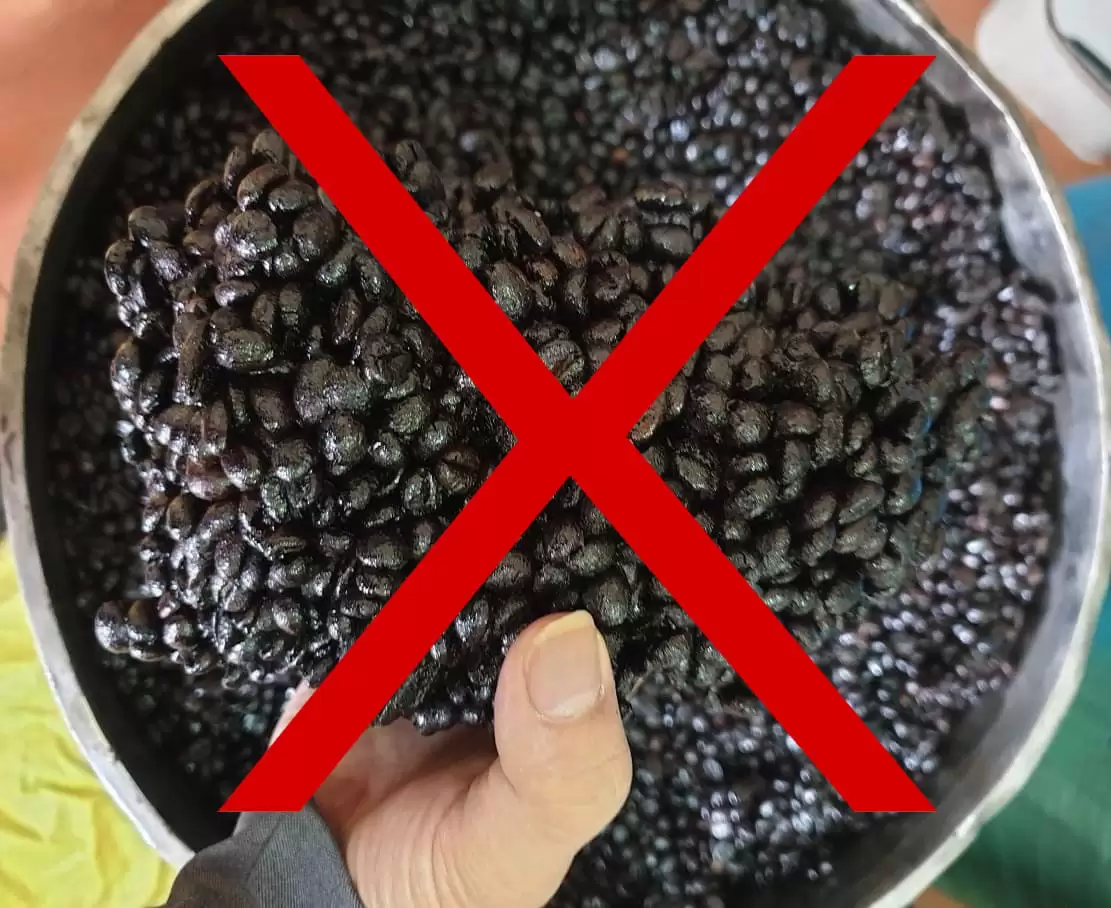
5. What to note when buying and using pure coffee?
5.1. Is pure coffee easy to preserve?
Pure coffee is more difficult to preserve than blended coffee. If it’s green coffee beans, it can maintain freshness for about two years, but once roasted, the freshness of pure coffee beans is only about two weeks. Coffee beans must be stored in airtight jars, when closing the lid, air must not leak in to avoid losing aroma and prevent moisture from entering the coffee container. Coffee containers must be placed in dry places, without sunlight, and cool, at room temperature 20-25°C.
5.2. Appropriate roasting level?
Pure coffee is usually roasted at 3 levels: light roast preserves fruit aroma and pleasant sourness; medium roast balances sour-bitter taste, easy to drink; dark roast has strong bitterness, less sourness, suitable for traditional iced milk coffee taste. Choose the appropriate roast level according to your taste preference.
6. Where to buy pure coffee?
When it comes to enjoying authentic pure coffee, choosing a trusted supplier is essential. One of the leading names in Vietnam is Hello 5 Coffee – a coffee brand that not only serves domestic consumers but also exports to international markets.
At Hello 5 Coffee, we are committed to delivering 100% pure roasted coffee – free from fillers or additives, ensuring the genuine taste and aroma of Vietnamese coffee beans.
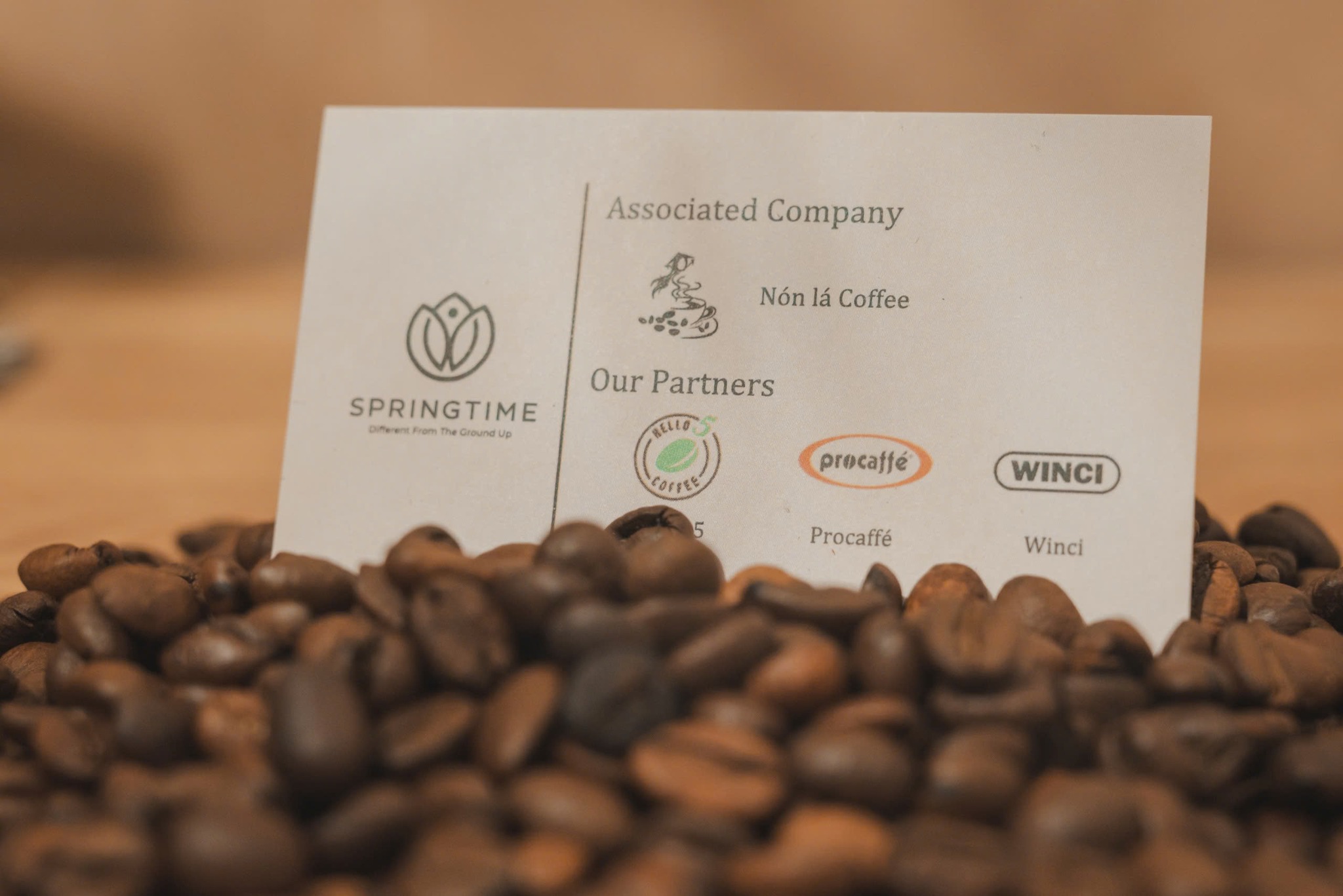
Read more: Why is Vietnamese coffee so good?
What we offer:
- A wide range of coffee products: Original, Deluxe, Organic, Mondo, Regular, tailored to diverse preferences
- International standards in processing, packaging, and quality control
- Eco-friendly packaging with one-way valve bags to preserve freshness
- Flexible supply: wholesale, OEM, and export services for global partners
Discover more and explore business opportunities with us at hello5coffee.com.
With Hello 5 Coffee, you don’t just enjoy coffee – you experience the authentic taste of Vietnam in every cup.
References:
- Phuong Vy Coffee. (n.d.). Cách nhận biết cà phê rang xay nguyên chất. Retrieved from https://phuongvycoffee.com/blogs/kien-thuc-ca-phe-tong-hop/nhan-biet-ca-phe-rang-xay-nguyen-chat.
- Tây Nguyên Soul Coffee. (n.d.). Cà phê nguyên chất: Nguồn gốc, cách nhận biết, giá bán. Retrieved from https://taynguyensoul.vn/blog-ca-phe/ca-phe-nguyen-chat.




